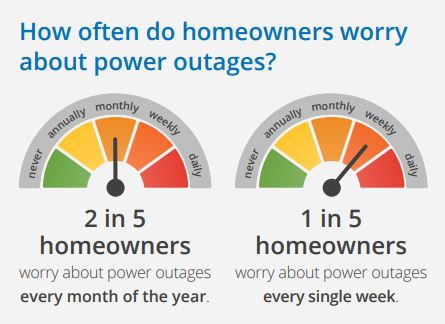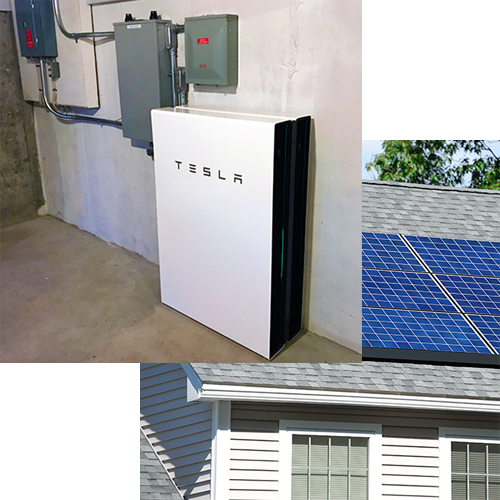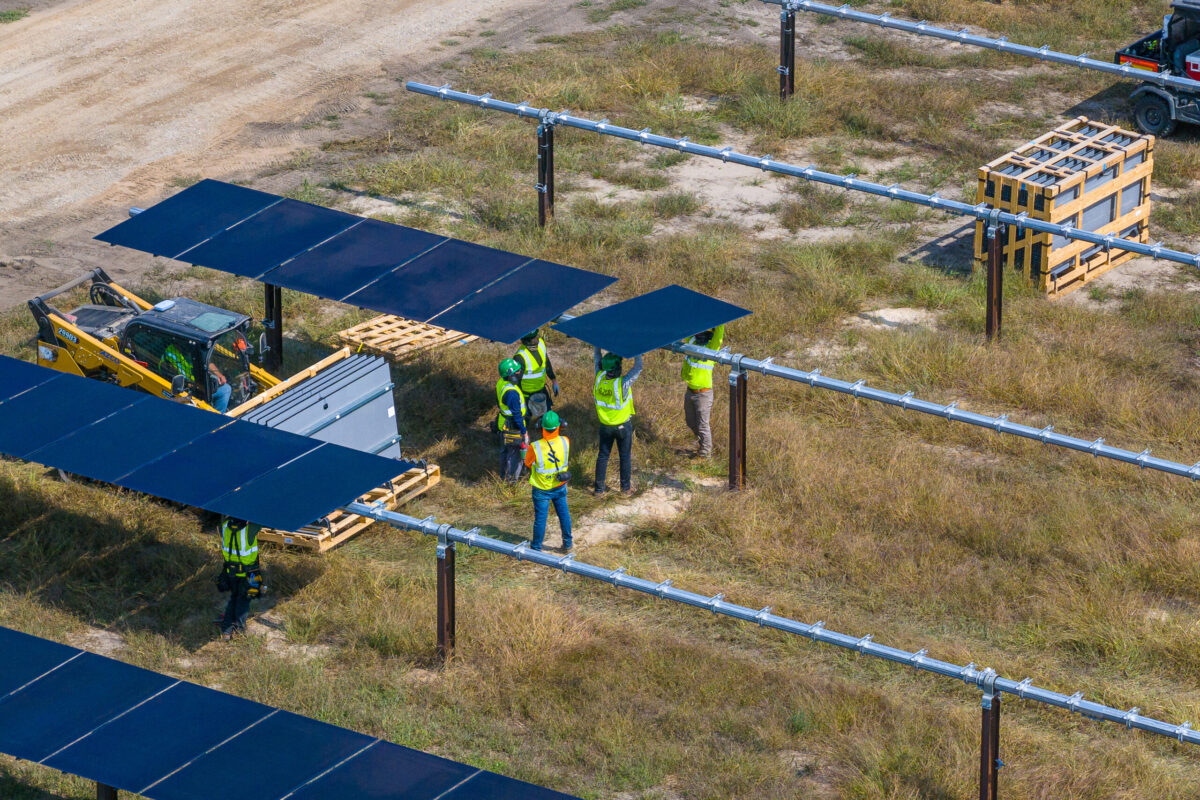Attaching a solar array to a home is a long-term commitment, with many considerations, and one that offers great potential for energy bill savings. A recent addition to the list of options is whether or not to attach a battery energy storage system.
A battery can often add $10,000 or more to the total cost of a residential solar system, according to EnergySage. But it comes with a range of benefits that vary depending on the home’s electricity needs and experience with the utility company. So, what are the benefits?
In part one of this two-part series, pv magazine reviews the benefit of backup power. In the next installment, costs, benefits, and timing are evaluated.
Backup power
Blackouts or power outages occur with varied frequency and for different reasons, depending on location. Some regions experience transmission issues on the grid, weather events can knock out power, and some regions like southern California have scheduled rolling blackouts during high energy-demand periods.

Image: SunPower
A SunPower-backed survey of 1,500 homeowners found that 40% of respondents worried about power outages on a monthly basis. And one-third of respondents said high-profile outages, like the ones caused by winter storms in Texas this past February, are the top reason for considering energy storage.
The next logical question might be: how much battery to install, and for how long should it provide backup?
Installers typically give the choice between whole-home backup, which often require the installation of multiple batteries, or a partial backup, which allows the homeowner to select specific circuits that are tied to desired appliances or outlets. When selecting specific breakers, homeowners often select the refrigerator, garage door opener, home office, or other kitchen appliances.
To understand a home’s power needs, and to evaluate what is most essential to back-up, homeowners can use the Department of Energy’s Energy Saver appliance energy calculator.
One of the most common home batteries is the Tesla Powerwall, which has a 13.5 kWh usable storage capacity. This means it can provide 13.5 kW for one hour, or 1 kW for 13.5 hours, said EnergySage. A second big energy storage brand is from LG Chem, which has 9.6 kWh and 16 kWh models.

Image: Green Mountain Power
Image: Green Mountain Power
Translated to appliances, EnergySage said 13.5 kWh is equivalent to running a 3,500 W air source heat pump for just under four hours, a 200 W refrigerator for 67.5 hours, or five 20 W light bulbs for 135 hours.
EnergySage said a PowerWall can typically back up essentials like WiFi, phone, refrigerator, and some lights for about 24 hours.
Simulations run by the Energy Department’s Lawrence Berkeley Laboratory of residential solar and storage systems operated for backup power purposes suggest that a system with a 7 kW pv array and 10 kWh of storage could support 60-80% of a customer’s average daily load over the course of a year, depending on the region.
Plus, if the sun is still shining, a battery-connected solar array will continue to produce and store electricity. Solar arrays without a battery must power down during an outage, for safety reasons. Without a battery to store the power, there is no safe place for the power to go, so the system must use a rapid shut down device (the grid is inaccessible as it’s being repaired).
Solar installers will typically work with a homeowner to determine backup needs, and will evaluate the readiness of the home’s main electrical panel to be integrated for backup. In some cases, the installer will call for a main panel upgrade to accommodate the battery, Doing this may come at an additional cost.
In part two, we look at other capabilities, consider costs/benefits, and look at the issue of retrofitting existing systems.
This content is protected by copyright and may not be reused. If you want to cooperate with us and would like to reuse some of our content, please contact: editors@pv-magazine.com.









I have solar panels and am looking for a company that does solar batteries for my home here in Salt lake City Utah
In SLC, Scott Jones at Creative Energies has been great to work with. Cesolar.com. Creative Energies is highly respected in the area and has been in business for 20 years.
Good article for a way forward towards future.
Please share continuation
Currently these house batteries are too small and not very versatile. Better solution: Get a 2nd EV (preferably used) with a V2G (or V2H) option.
“Rapid shutdown device” is not a correct term for the automatic islanding of the inverter when there’s a grid outage. Rapid shutdown is a system that is intended to turn off manually the entire system (included the PV circuits) when firefighters have to get on the roof.